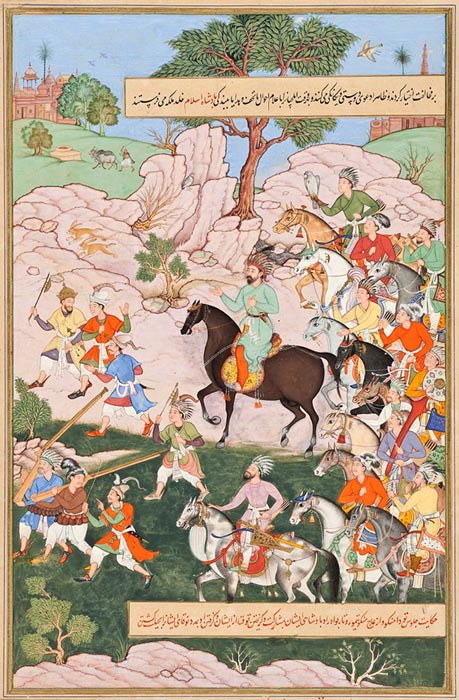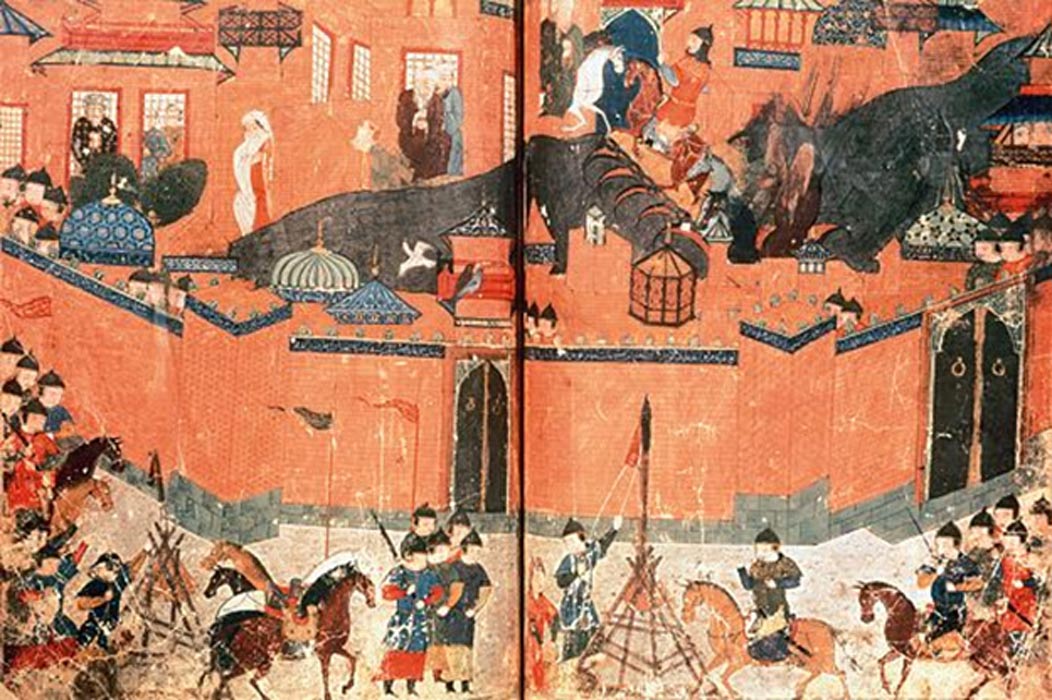
Palms Over Baghdad: Tumbling to Dust during the Mongol Invasion – Part II
The Fall of Bagdad
Hulegu sent messages to his commanders informing them to muster their forces and move on Baghdad.
Baiju moved his forces from Rum via Mosul to cover the western side. Ked-Buka advanced from Luristan, a province of western Iran in the Zagros Mountains. Contingents from the Golden Horde under the command of Batu’s three nephews approached from Kurdistan from the north.

Tode Mongke Khan of the Golden Horde. (Public Domain)
Hulegu led the main force from Hulwan, located in Kermanshah Province in western Iran. In other words, the Mongol army was approaching the city in an arc from the north, which allowed them to converge from the east and west. The Mongols, due to the use of pontoon boats, overcame the Tigris and Euphrates Rivers, which once served as natural barriers against invading armies. As the Mongols advanced down both banks of the Tigris, the Caliph sent out 20,000 cavalries in an attempt to disperse and slow down the Mongol advance. Mongol scouts ahead of the main force found the Caliph’s cavalry and reported. Not long after, the Mongol engineers took advantage of the situation by breaking the dykes of the dams along the Tigris, which flooded the terrain behind the cavalry, downing many of them as they attempted to flee back to the city. With the only threat between Baghdad and the Mongol advance eliminated, Baiju’s forces marched down the west bank of the Tigris and took control of the commercial quarter, while Hulegu entered the Shiite suburbs to a rejoicing crowd beyond the eastern walls. Within twenty-four hours, the Mongols surrounded the city of Baghdad.

Mongols besieging Baghdad in 1258. (Public Domain)
On 30 January 1258, the Hulegu gave the order to commence the bombardment of the city walls. However, there was a problem. The Mongol siege crews had no rocks. The siege train carrying the needed stones was three days’ journey away. While the Mongols looked for suitable projectiles to throw at the city walls, Hulegu ordered his Mongol archers to fire arrows over the walls with messages attached, which informed the citizens that they would be treated with kindness if they surrendered. While Hulegu sought to end this siege peacefully, Mongol engineers, likely accompanied by a detachment of troops, came up empty handed when it came to finding quality rocks. However, not all was lost. Mongol engineers stripped foundation stones from the buildings in the suburbs and uprooted palm trees to batter the walls of Baghdad.
- Subutai: Dog of War - Sophisticated Military Strategist Behind Genghis Khan’s Conquering Empire - Part I
- The Life and Times of Rumi: Sufism and the Golden Age of Islam
- Atlantis of the Sands and The Lost City of Ubar: Lost, Found, and Lost Again
The Caliph quickly sent ambassadors to negotiate peace but Hulegu would not hear the pleas and detained them. Hulegu’s message was clear, surrender was not enough; it must be unconditional surrender. While the Caliph continued to send envoys to Hulegu, the Mongols bombarded the walls, particularly focusing on the Ajami tower, which was reduced to rubble by 1 February.




